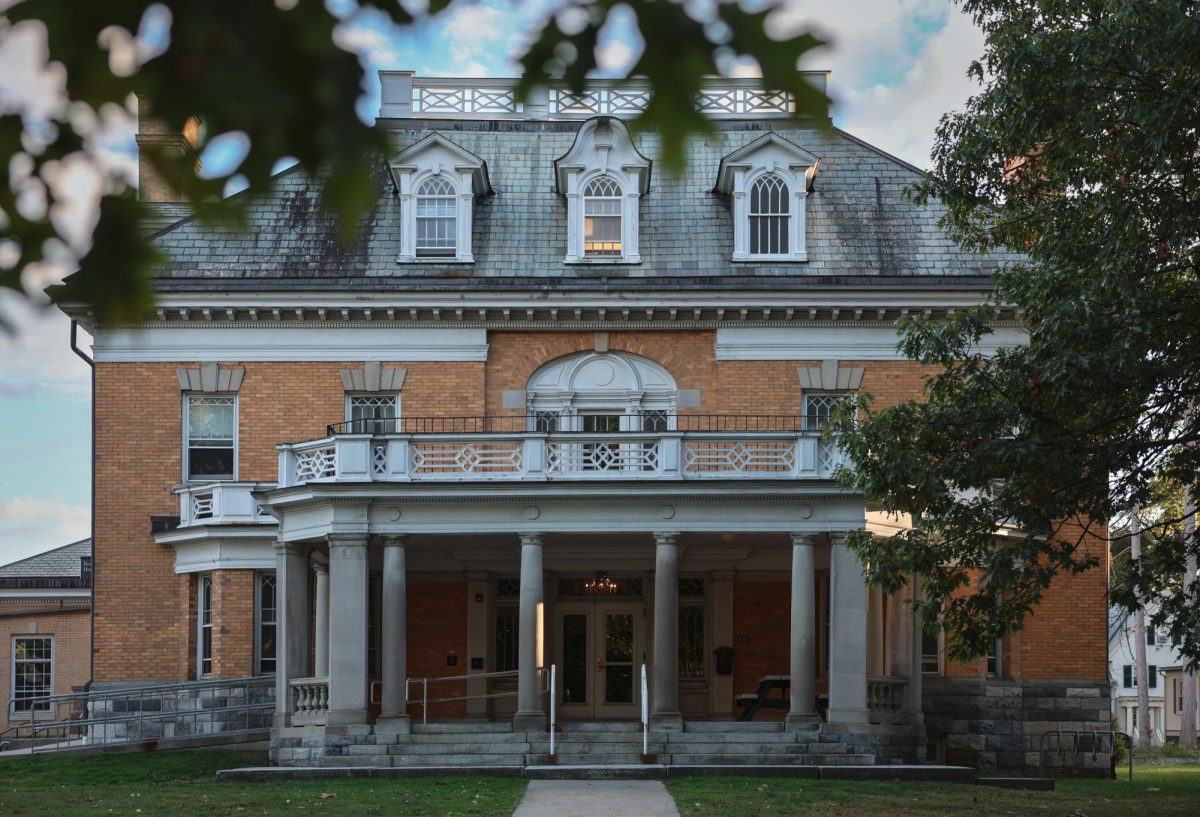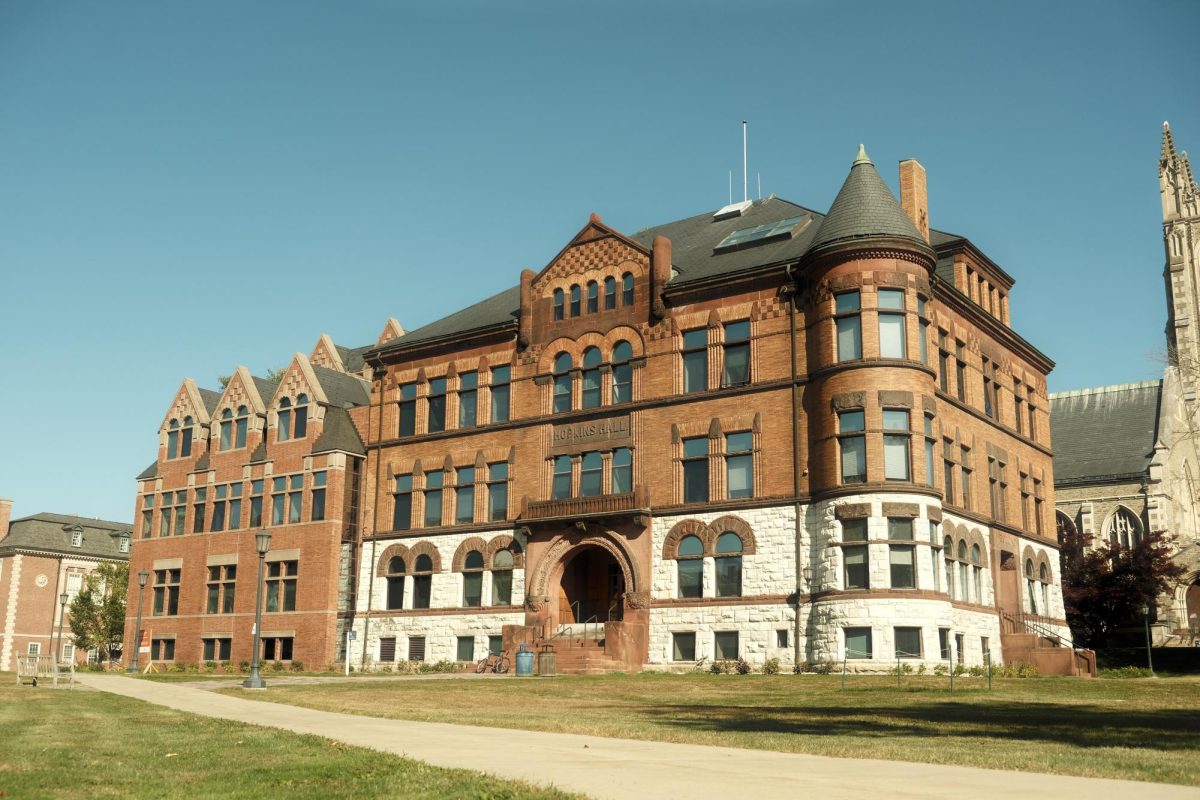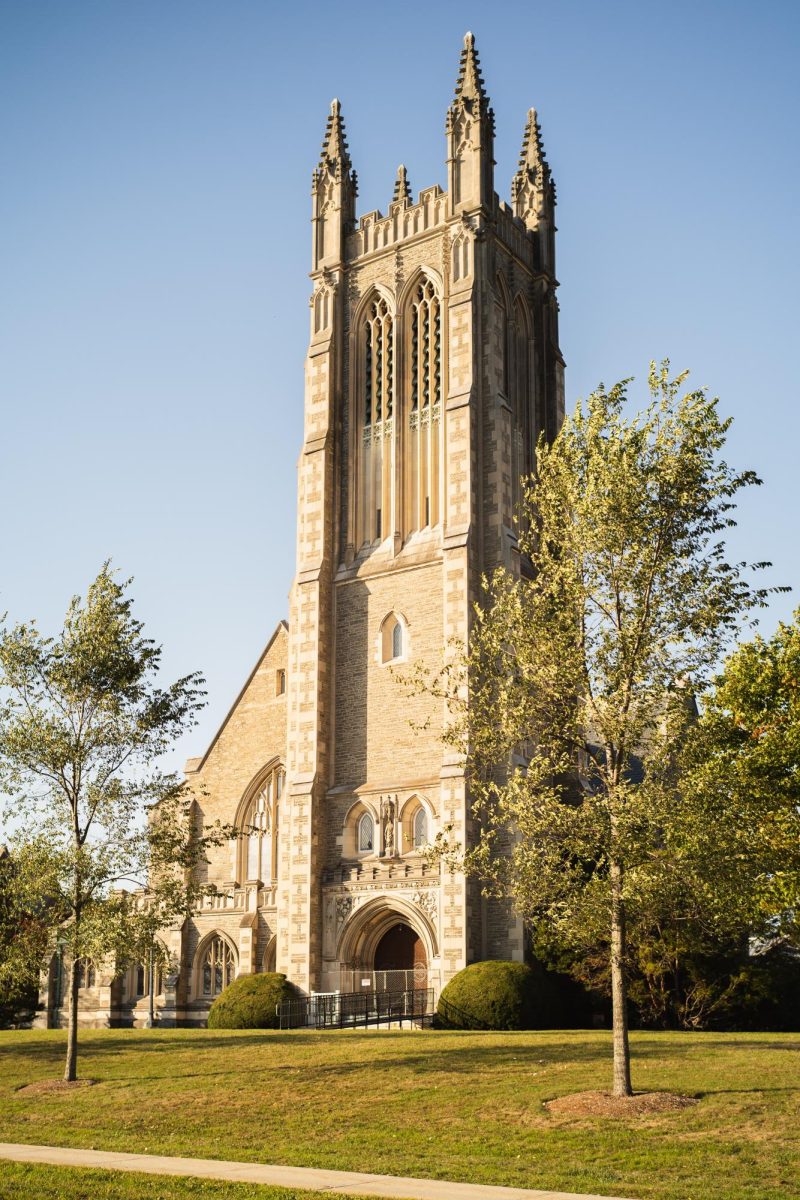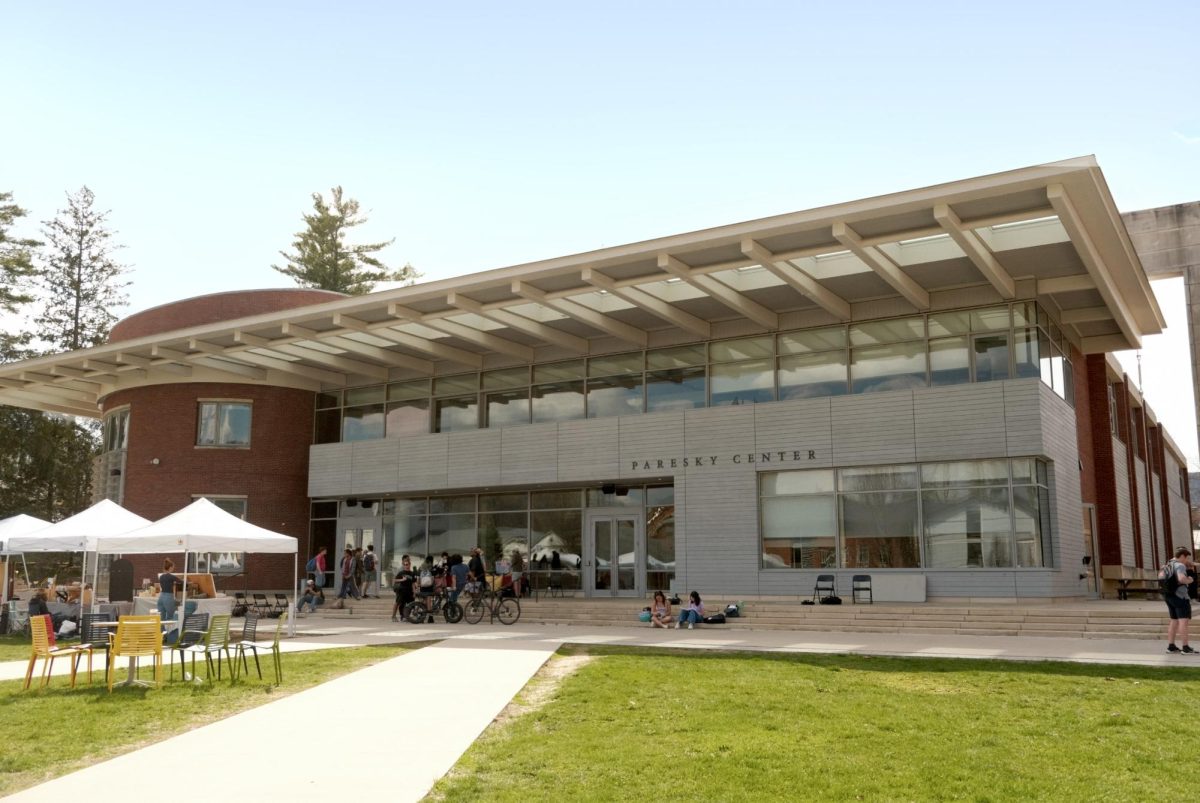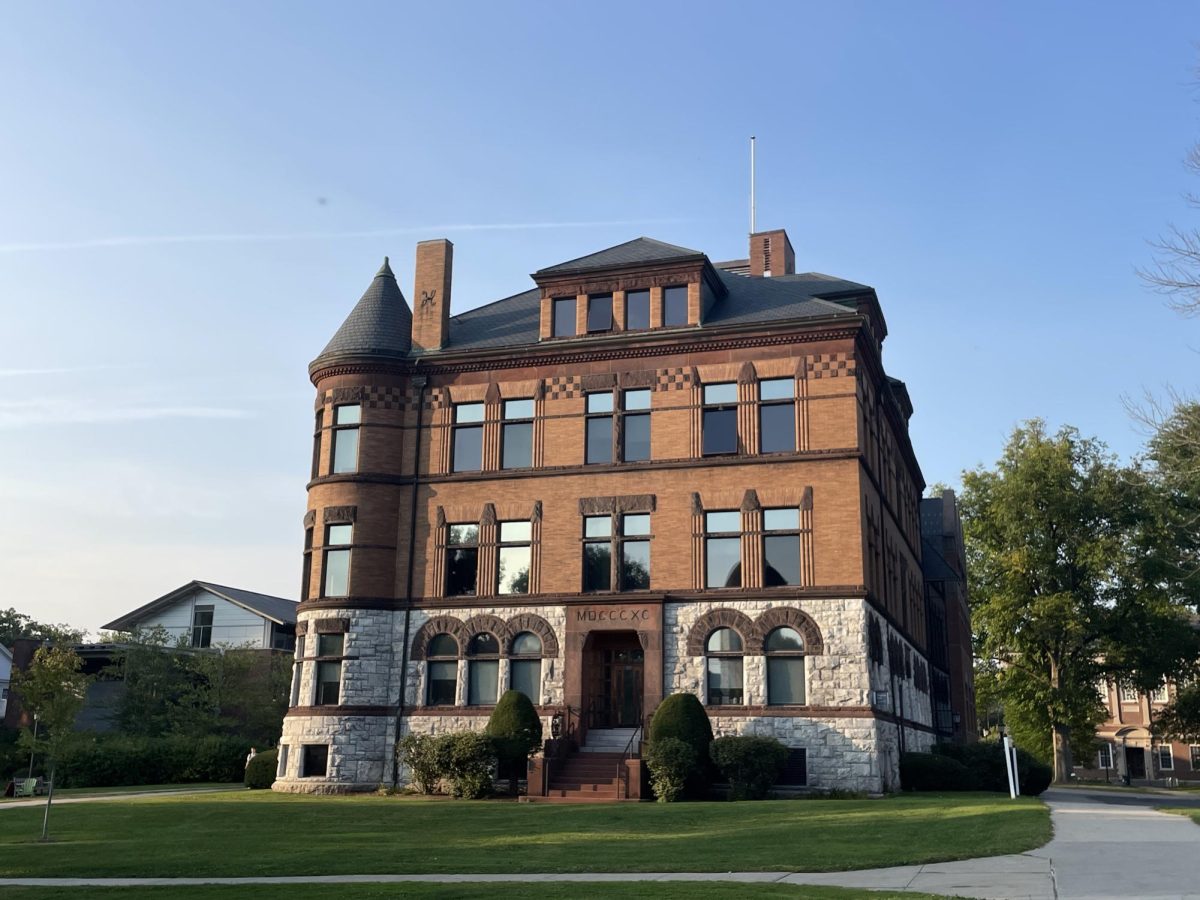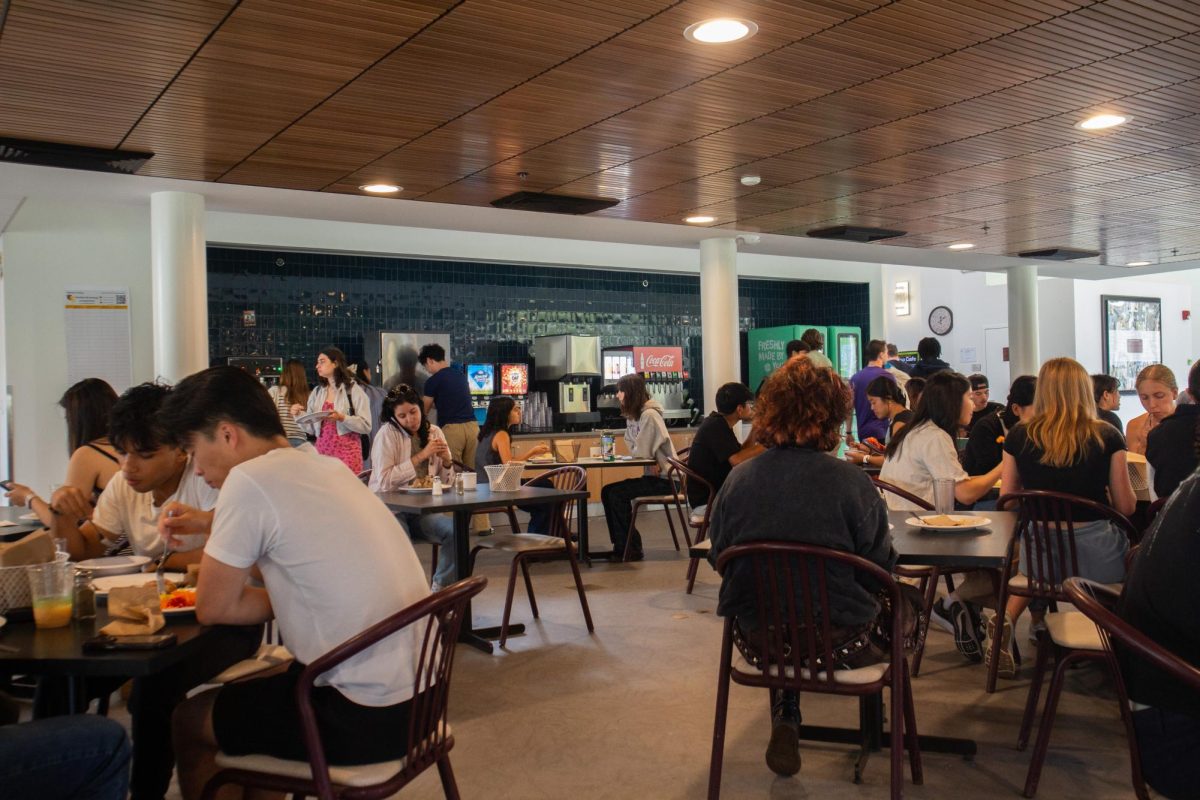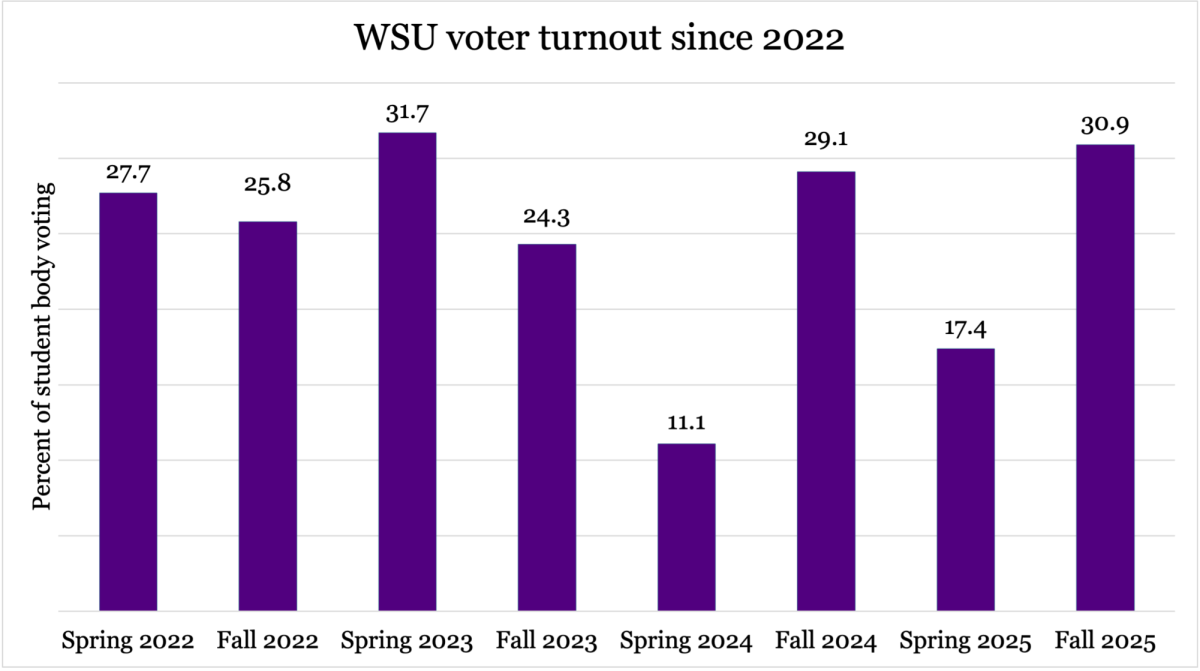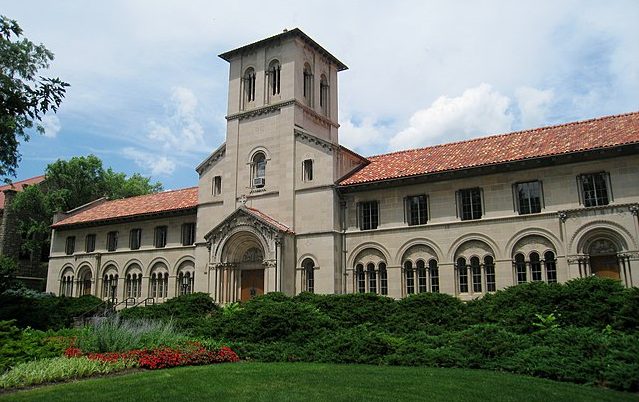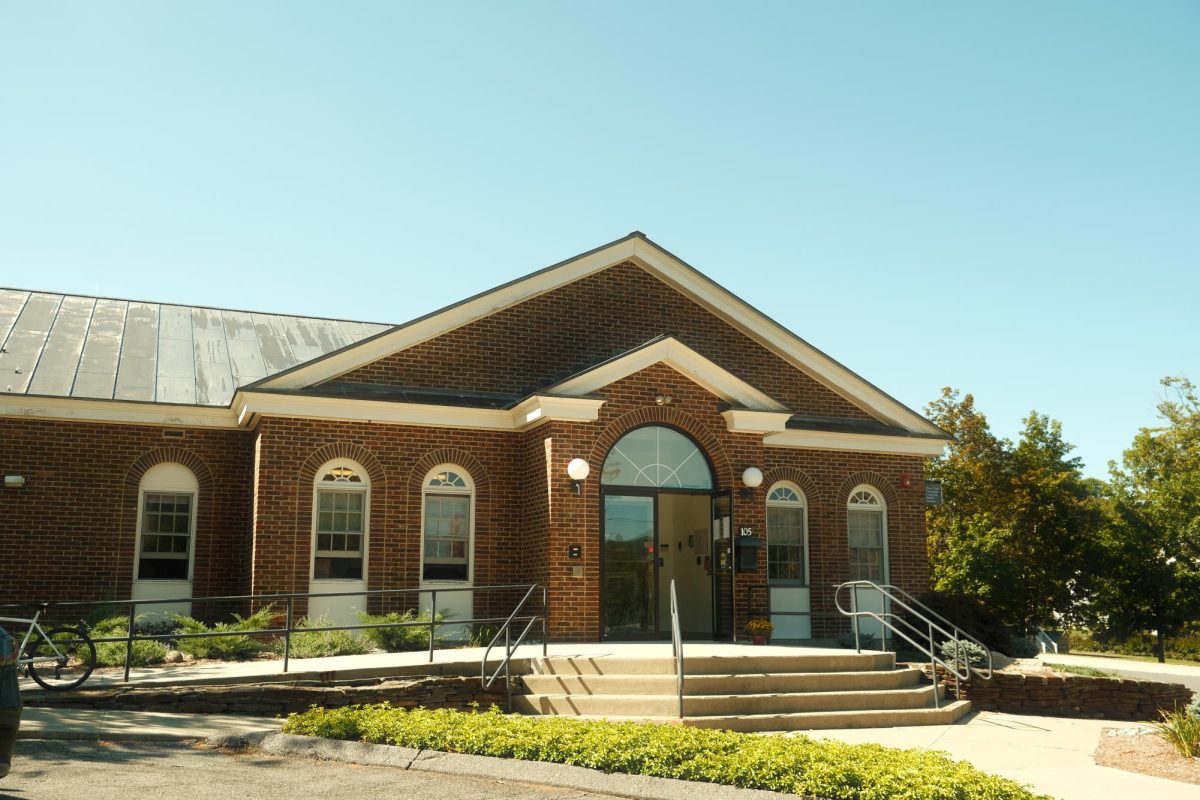The Class of 2028 — the first to enroll at the College after the Supreme Court struck down race-based affirmative action — saw marginal changes in its demographic composition from recent years, according to data that Dean of Admission and Student Financial Services Liz Creighton ’01 provided to the Record.
The share of Black students increased from 6.8 percent to 7.3 percent, while that of Hispanic students rose from 14.8 percent to 15.5 percent. The proportion of white students decreased from 45.3 percent to 42.7 percent, and the proportion of Asian students fell from 12.6 percent to 11.5 percent. The number of enrolled students who identified as American Indian or Alaskan Native and Native Hawaiian or other Pacific Islander remained fixed at zero. The percentage of students who chose not to disclose their racial or ethnic identity increased by 0.7 points.
“Most of our admitted class mirrors — in broad, representational terms — classes from prior years in the recent past,” President Maud S. Mandel told the Record in an interview.
After the Supreme Court banned the use of affirmative action in college admissions, some experts predicted that the Black and Hispanic enrollment at selective colleges would dip and Asian enrollment would jump. The emerging data is more complex than predicted, however, as some institutions of higher education have reported minimal or no changes in the demographic makeup of their incoming classes.
Still, other colleges and universities have seen significant shifts in enrollment. The proportion of Black first-years fell from 11 to three percent at Amherst, for instance. At Columbia, Asian enrollment increased from 30 to 39 percent, while Black enrollment decreased from 20 to 12 percent.
In an all-campus email on June 29, 2023 — the day of the Supreme Court’s ruling — Mandel reaffirmed the College’s core values of “diversity, inclusion, and access” and added that the College would be “committed to modifying our processes as necessary to continue seeking and supporting a diverse, vibrant and exceptional learning community within the new legal context.”
Ultimately, the College made just one change to its application process: It removed the supplemental essay, aiming to foster a larger, more diverse pool of applicants.
“We have noticed, in the years when we’ve required a supplemental essay, that it has a suppressive effect on applications — and especially so on applications from students who are coming from either families or high schools where they may not have as much support in the college process,” Creighton said.
Following the ruling, the College also convened a working group to review present and historical admissions data to consider “how current admission practices and policies support Williams’ mission and aspirations,” per the group’s website. The group met regularly from August through December 2023, at which point it concluded that the College’s practices “are serving it well” and did not recommend any changes to the application process, Creighton said.
Both Mandel and Creighton suggested that the College continues to attract diverse applicants in part because of its all-grant financial aid program, the first of its kind in the nation. Fifty-five percent of the Class of 2028 receives financial aid, an increase of two percentage points from the class before it. Fifty-eight percent of the Class of 2026 — the first class to arrive at the College after the establishment of the program — receives aid, an increase of 14 percentage points from that of the Class of 2025.
Creighton also suggested that the College’s decision not to mandate that applicants submit the Free Application for Federal Student Aid (FAFSA) this year, which allowed it to provide financial aid awards at the time of acceptance, may have influenced the College’s yield. The change came in response to the Department of Education’s delayed rollout of an overhauled FAFSA form intended to simplify the process of applying for financial aid. The College instead provided finalized financial aid awards to admitted students based solely on information in their College Scholarship Service Profile, while many other institutions of higher education that required the FAFSA could not include financial aid awards with acceptances.
“It was a tremendously challenging year for families across the country, but we were really thrilled that we were able to continue to support Williams families while the Department of Education works through its challenges,” Creighton said.
Both Creighton and Mandel emphasized that they cannot yet draw any definitive conclusions about the effect of the Supreme Court’s ruling on the College’s future admissions. “Williams and other schools have just one year of data, so this picture is going to keep evolving,” Creighton said.






